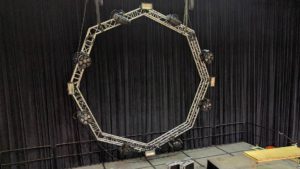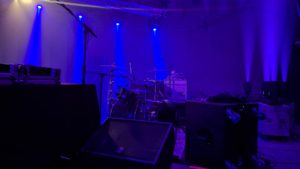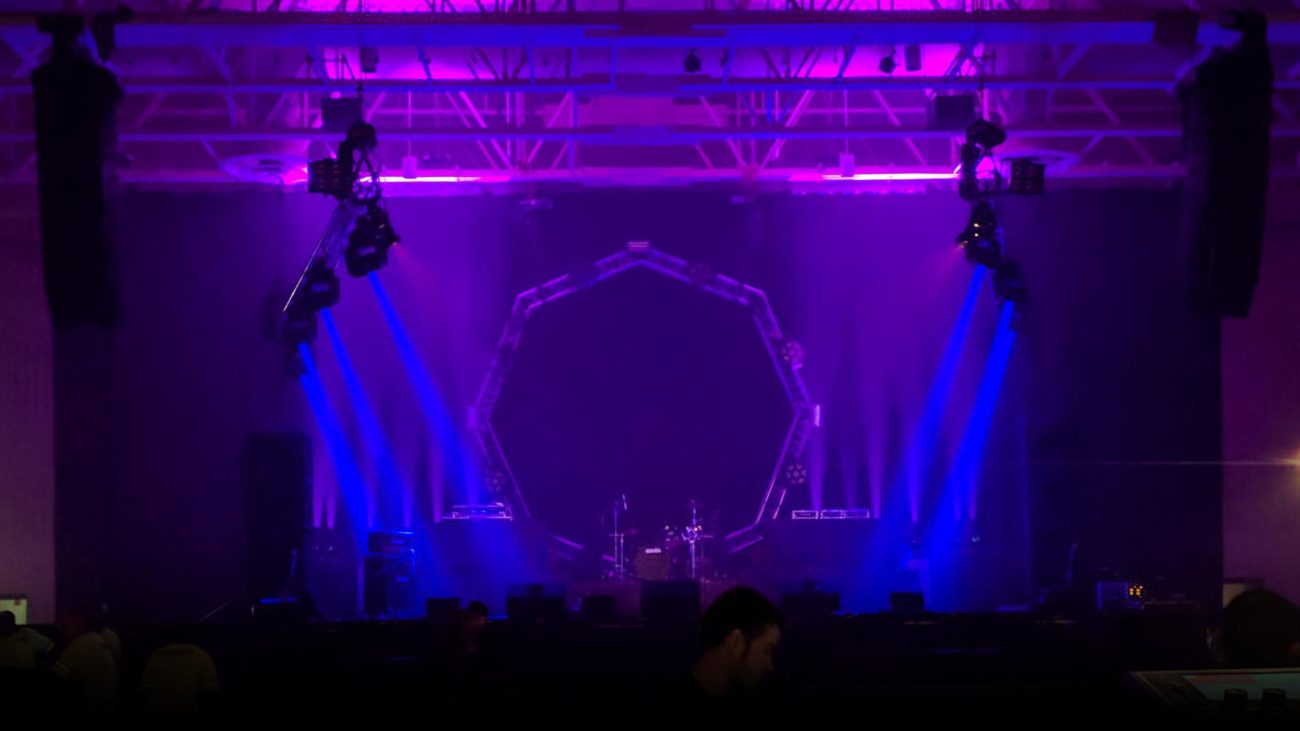 There’s no doubt that with the technological boom in home production and garage bands, live music has become much more prevalent across the globe. In just the last five years revenue in ticket sales for the live music industry in the United States has steadily risen by nearly a billion dollars. While live music sponsorship has also grown comparatively, ticket sales still account for nearly 77% of the total revenue ($9.63 billion) in the USA’s live music industry.
There’s no doubt that with the technological boom in home production and garage bands, live music has become much more prevalent across the globe. In just the last five years revenue in ticket sales for the live music industry in the United States has steadily risen by nearly a billion dollars. While live music sponsorship has also grown comparatively, ticket sales still account for nearly 77% of the total revenue ($9.63 billion) in the USA’s live music industry.
So what does it take to produce a live show that concert lovers will flock to? Granted it takes more than just a few speakers and lights to put on a show that a true rock star would be happy perform but let’s look into the specifics of one particular gig. In January 2017 I.M.P.A.C.T. Recordz LLC, a Midwest hip-hop production company, contracted Interstate Sound to produce the Rittz, Twista & Mario Street concert at the La Crosse Center.
 Although Shane Kouba, the show’s Lighting Designer, had an arsenal of live performance lighting equipment we will only focus on a few particular items. His octagonal Global Truss centerpiece consisted of eight C1 Shapeshifters by High End Systems and four Atomic 3000 Strobes by Martin; utilizing the grandMA2 ultra-light control console’s MA 3D design software to program the performance. Including the ceiling, sides and back of the stage Shane used over 64 individual moving lights to put on this amazing visual performance.
Although Shane Kouba, the show’s Lighting Designer, had an arsenal of live performance lighting equipment we will only focus on a few particular items. His octagonal Global Truss centerpiece consisted of eight C1 Shapeshifters by High End Systems and four Atomic 3000 Strobes by Martin; utilizing the grandMA2 ultra-light control console’s MA 3D design software to program the performance. Including the ceiling, sides and back of the stage Shane used over 64 individual moving lights to put on this amazing visual performance.
 Ryan Geiger was the show’s FoH Engineer. He made sure everything sounded great in the La Crosse Center’s auditorium. In preparation for the performance he used NEXO Soft NS1 Software to design the speaker layout that would later be built and by creating a predictive sound modeling beforehand he was able to hear [and see] what the arrangement would sound like. Once he had everything planned Ryan’s NEXO System utilized nearly 86 different speakers, using the NEXO GEOTs Line Array and NEXO 4×4 amps for the mains, a Yamaha CL5 maintaining the Front of House mix, and a Yamaha QL5 was placed at Stage Left to control the speakers. The design, build, performance, and takedown for just this one show took over 300 man-hours to complete but in the end, it was all worth it.
Ryan Geiger was the show’s FoH Engineer. He made sure everything sounded great in the La Crosse Center’s auditorium. In preparation for the performance he used NEXO Soft NS1 Software to design the speaker layout that would later be built and by creating a predictive sound modeling beforehand he was able to hear [and see] what the arrangement would sound like. Once he had everything planned Ryan’s NEXO System utilized nearly 86 different speakers, using the NEXO GEOTs Line Array and NEXO 4×4 amps for the mains, a Yamaha CL5 maintaining the Front of House mix, and a Yamaha QL5 was placed at Stage Left to control the speakers. The design, build, performance, and takedown for just this one show took over 300 man-hours to complete but in the end, it was all worth it.
“The business has changed so much that they’re able – we’re able these days in the music industry to be able to control our own destiny.” – Bobby Brown

